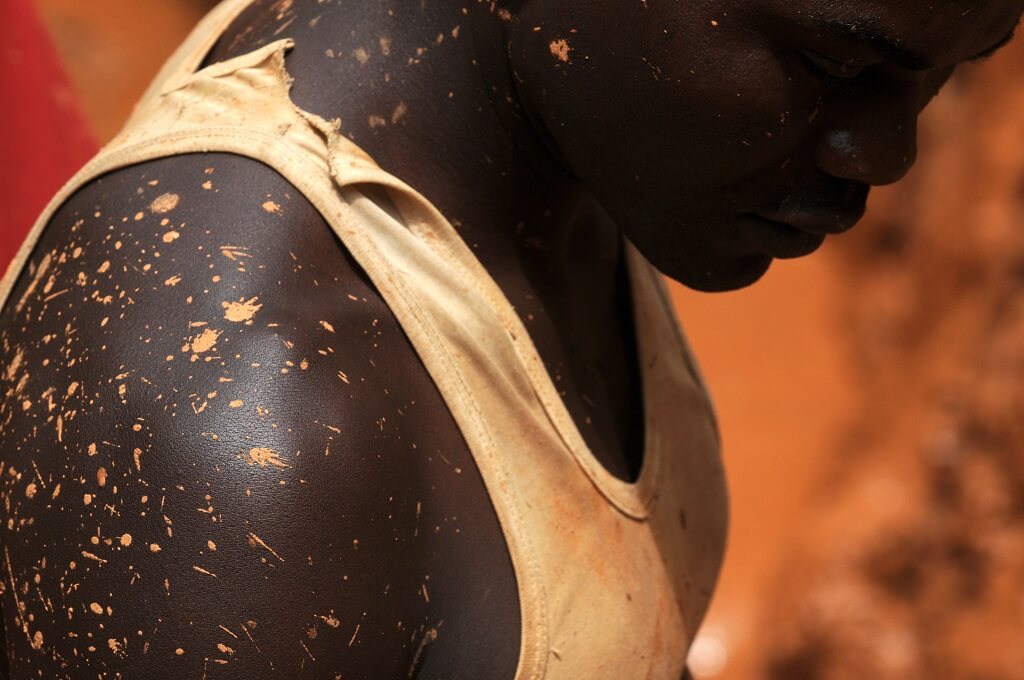The rates of child labor in Africa are simply scary. However, when you combine the factors “Democratic Republic of Congo” (DRC) and “mines”, you get even scarier numbers. Apparently, the International Day Against Child Labor (June 12) is not celebrated in the Congolese ore pits, like any other day. Every minute spent in the mines is dedicated to work, even if you are a kid.
This is not a new situation, not even remotely. But the fact that almost 800,000 mine workers in the Democratic Republic of Congo are children cannot ever be forgotten. It’s 40 percent of the total of two million workers that scavenge the local mines daily without any kind of protection.
Taking this issue into consideration, Roger-Claude Liwanga recently wrote an opinion article for CNN. The human rights lawyer from the Congo and visiting scholar at Boston University told the story of Lukoji, a fictitious name for a seven-year- old boy that works in the mine washing site of Dilala, near Kolwezi city.
The child, who washes materials like heterogenite (an ore rich in cobalt and copper), began working in the mines when he was five to help his family. He studies in the morning and works in the afternoon, unlike his two older brothers, who work every day since they dropped out of school. Actually, 75 percent of the children that work in the DRC’s artisanal mines are dropouts, although the state’s constitution guarantees a free elementary education (without significant practical effects).
The young workers’ earnings range from $0.75 to $3 per day. This money goes directly toy food, clothes and shoes or towards school fees. They see it as an opportunity, but the work conditions in the artisanal mines are completely inhumane, according to Roger-Claude Liwanga. “Children use their bare hands and feet to dig, sift, wash and lift heavy loads of minerals. These tasks expose them to high probabilities of being injured or killed”, the lawyer writes.
“Many children get killed in soil collapses, which occur when they extract minerals from deep and narrow holes. The average number of child deaths from soil collapses in the DRC’s province of Katanga alone is about 6.6 per month. In a sample of 63 children interviewed in artisanal mining sites near the cities of Kolwezi, Likasi and Lubumbashi, 20 percent said that at least one of their family members or friends had died in the mine in the last three years”, he adds in the article.
And that’s not all: there are also the sicknesses. Children are exposed to permanent contact with radioactive materials and suffer irreparable injuries. Nothing that the Congolese Labor Code, which forbids mining work for children under 18, can solve, despite its supposed power. Maybe one day the kids at DRC will be able to properly celebrate the International Day Against Child Labor, but certainly not for now.
Via cnn.com


